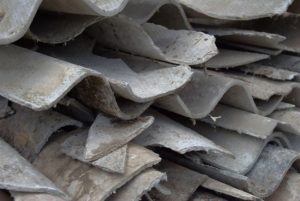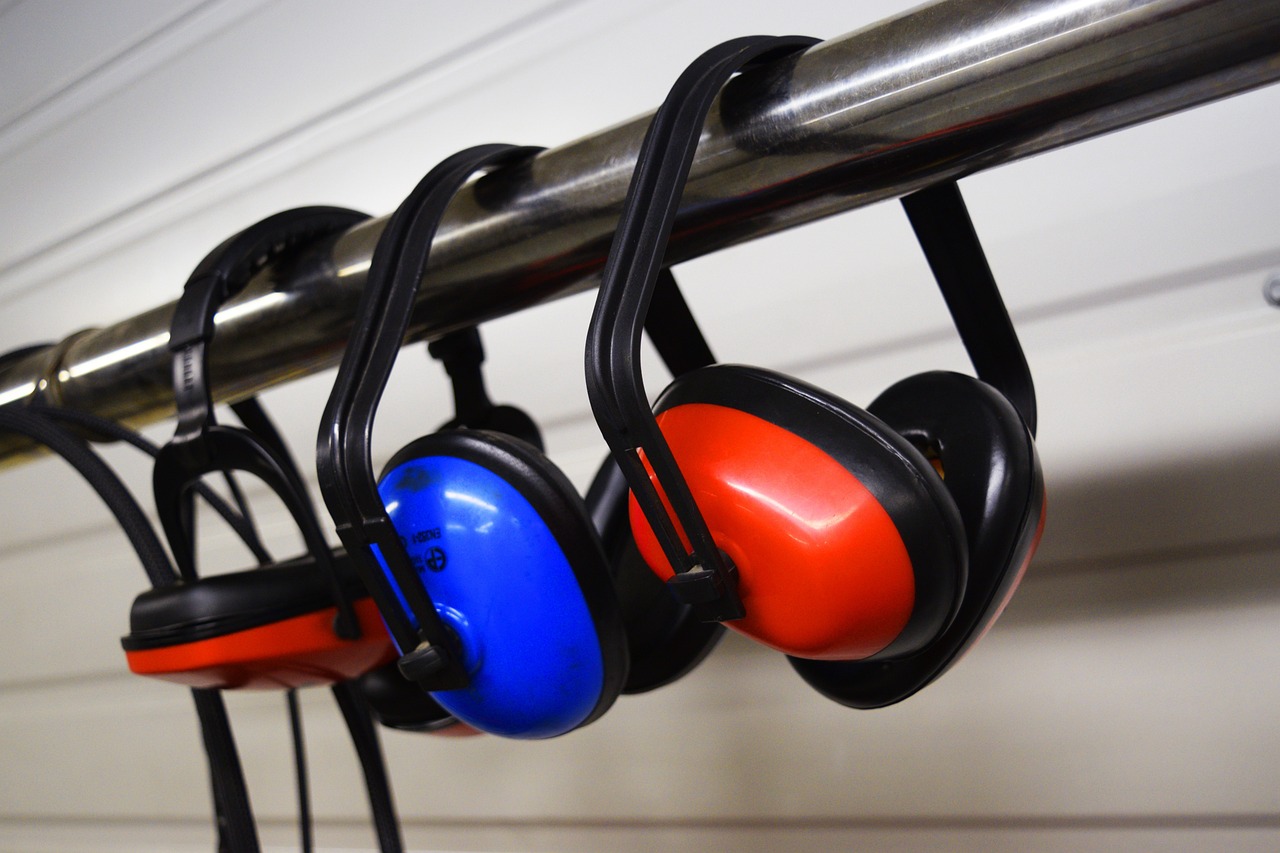Asbestos
When asbestos-containing materials are left undisturbed they are relatively harmless, however, if the material is damaged or disturbed it may release fibres into the air which can be dangerous to health.
Care needs to be taken not to damage existing intact asbestos in your home. Cutting, drilling, sanding, sawing, grinding, breaking or the use of high-pressure water cleaning may disperse fibres into the air which can be dangerous if inhaled into the lungs.
The safest way to remove asbestos is to hire a licensed asbestos removalist.
Should a homeowner wish to remove a small quantity (less than 10m²) or carry out minor home maintenance in a dwelling that may potentially contain asbestos it is essential to:
- Take measures to prevent fibres from entering the atmosphere
- Ensure that you are using the correct protective gear
- Carry out proper site clean-up on completion
- Dispose of asbestos only to a landfill or waste disposal site that is licenced to take asbestos - contact them prior for advice on how to wrap and transport the material.
| There are large fines ($10 000) under the Health (Asbestos) Regulations 1992 applicable for handling or disposing of asbestos without taking reasonable measures to prevent asbestos fibres from entering the atmosphere. |
For further information and advice please see the links below or contact one of the Shire’s environmental health officers.
Asbestos – maintenance, removal and renovations at home
Asbestos
- Find a licenced asbestos removalist
Find a licensed asbestos removalist
- Find a waste disposal site licenced to take asbestos
Controlled waste Information
About asbestos
- Asbestos in the workplace
Department of Commerce -WorkSafe

BurnWise
Health Check your wood heater.
One smoky chimney can affect the air quality of an entire neighbourhood and exposure to wood smoke can trigger respiratory conditions.
The BurnWise program promotes the efficient operation of domestic wood heaters to minimise smoke emissions into the air.
|
A correctly operated wood heater should not produce visible smoke, except for a short time on lighting.
- Start your fire with dry kindling and the air intake fully open
- Burn dry seasoned firewood—never burn green, wet or treated firewood
- Always operate your wood heater with the air intake open, even overnight
- Keep your wood heater burning brightly.
|
Downloadable information brochures are available on the link below
BurnWise

Mould
Mould may grow in homes when conditions are damp, dark and poorly ventilated. Once the cause of the excess moisture encouraging mould growth has been rectified the mould can then be removed.
See the Department of Health WA provide link below for further information and advice.
Mould and dampness
If you are renting a property that has a mould problem, your rental agent should be the first contact.
If you need help Tenancy WA: 1800 621 888 may be able to assist you.
Noise
Noise can create a nuisance due to its loudness and/or it contains annoying characteristics such as being impulsive (hammer, knocking), modulating (a siren, music) or tonal (whining sounds, music).
The Environmental Protection (Noise) Regulations 1997 (the Regulations) set limits depending on the time of day or night and/or day of the week. The Regulations do allow certain 'noisy' activities to be carried out subject to strict conditions. Noise emitted in excess of the assigned noise levels or is not in accordance with an exemption can be deemed to be unreasonable and therefore breaching the Regulations. As a guide, noise which is clearly audible beyond the property boundary may exceed the limits.
For more detailed information including exemptions, please refer to - Noise Information Sheet link below:
Noise Information Sheet.
Should you wish to make a noise complaint, please send an email with your name and address, the address of the alleged offender/s, the type and time and day/s the noise is adversely affecting you to info@capel.wa.gov.au.
Alternatively, you may wish to visit the Shire offices or contact us by phone on 08 9727 0222.
